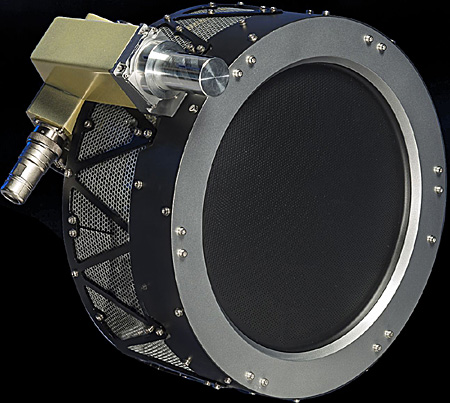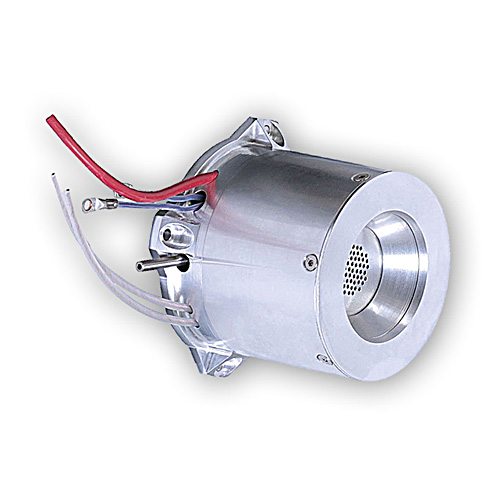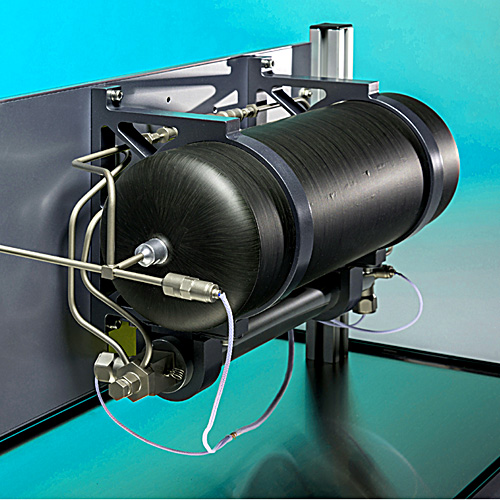
Radio Frequency Ion Propulsion Flow Schematic
Background
European research into radio-frequency ion propulsion was initially conducted in the 1960's by the University of Giessen, Germany. The Lampoldshausen propulsion centre then joined the development team in 1970 and undertook the industrial leadership for the development of the Radio frequency Ion Thruster Assembly (RITA).
Our first radio-frequency Ion propulsion system was successfully demonstrated aboard ESA's European Retrievable Carrier EURECA, launched by the Space Shuttle Atlantis in 1992.
Ion thrusters from Lampoldshausen have set a number of world records for long duration operation, as well as the recovery of the Artemis satellite from a total loss to full recovery.
Working Principles of RIT Technology
The radio frequency Ion thruster uses a high-frequency electromagnetic field to ionize xenon gas atoms to form a plasma containing free 'light' electrons and 'heavy' positive ions. The heavy positive ions are then accelerated by an electrostatic field before being ejected to cause thrust.
After the ions have been ejected from the thruster, electrons are added from a neutralizer. The plasma is thereby neutralized which prevents the satellite from becoming charged.
Our radiofrequency ion propulsion technology can be optimised for either complete electric propulsion or hybrid systems. RIT also enables the in orbit reconfuguration of operational parameters, such as high thrust or high Isp modes.
Advantages of RIT Technology include:
- Highest specific impulse offering substantial propellant / mass saving.
- High performance with relatively low complexity.
- Reduced power processing unit mass.
- Narrow beam divergence
- Robust design concept with a large domain of operational stability.
- Large throttle range and adaptable to available electric power.
- Excellent thrust stability and fast thrust response.
- Highest growth potential with increasing electric power in near and medium-term future.









